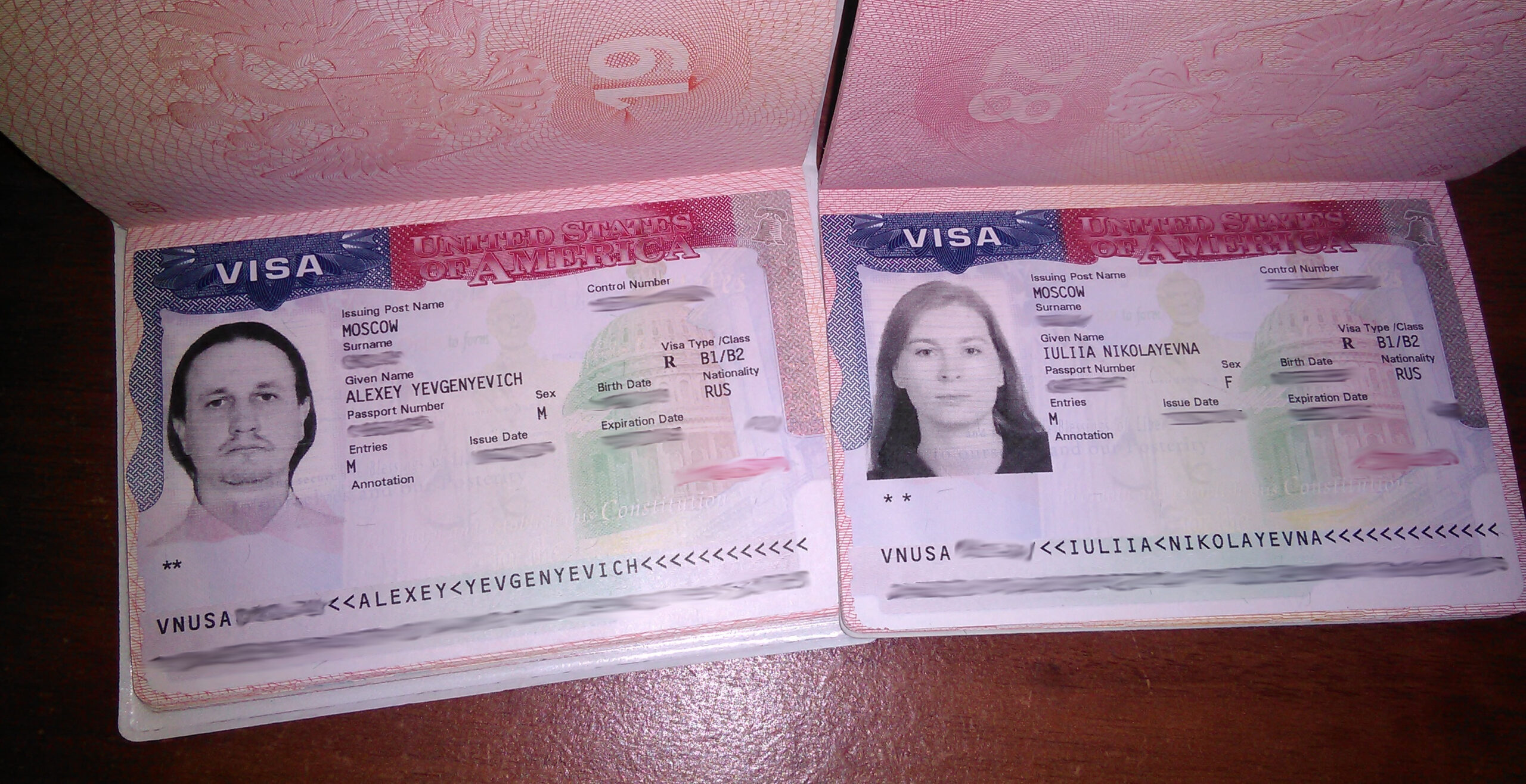
For millions of professionals around the world, the United States remains a land of opportunity. Every year, American companies hire foreign talent to fill positions in technology, healthcare, engineering, education, and skilled trades. However, for many job seekers, the process of finding and applying for visa-sponsored jobs in the U.S. can be overwhelming.
The good news? With the right strategy and a solid understanding of the visa system, you can secure a sponsorship opportunity by 2025. In this guide, we’ll break down everything you need to know about applying for visa-sponsored jobs in the U.S.: from understanding how sponsorship works to finding employers, navigating the application process, and avoiding common mistakes.
What are visa-sponsored jobs in the U.S.?
Visa-sponsored jobs are positions offered by U.S.-based employers who agree to sponsor foreign workers for visas. Sponsorship means the employer applies to the U.S. Citizenship and Immigration Services (USCIS) on behalf of the worker, demonstrating that:
- The job requires specific skills.
- There are no qualified U.S. citizens available for the position.
- They are willing to comply with U.S. immigration laws.
For job seekers, this means:
- A path to work legally in the U.S.
- Access to industries that need international talent.
- Opportunities to obtain permanent residency.
Why is 2025 the right time to apply?
The job market in 2025 presents unique opportunities for international applicants:
- Labor shortages: Many U.S. industries face worker shortages, especially in healthcare, IT, and the trades.
- Global demand for talent: Technology-driven industries such as artificial intelligence, cybersecurity, and renewable energy are hiring internationally.
- Immigration Reforms: Policy adjustments in recent years have streamlined some processes.
- Remote/Hybrid Roles: A larger number of jobs allows for flexible arrangements, which can benefit international applicants.
Visa Types for Sponsored Employment
1. H-1B Visa (Specialty Occupations)
- For positions in IT, finance, healthcare, and engineering.
- Requires a bachelor’s degree or higher.
- Employers must submit applications during lottery season.
2. H-2B Visa (Seasonal Non-Agricultural Workers)
- For temporary jobs in hospitality, landscaping, construction, and more.
- Does not require advanced degrees.
3. L-1 Visa (Intracompany Transferee)
- For employees transferring to U.S. offices of multinational companies.
4. O-1 Visa (Extraordinary Ability)
- For individuals with exceptional achievements in the sciences, arts, business, or sports.
5. EB-3 Green Card Sponsorship
- Permanent employment-based sponsorship for skilled workers and professionals.
How to Apply for Visa-Sponsored Jobs in the US in 2025
Step 1: Identify your career goals and visa type
- Review your skills, education, and experience.
- Compare them to the appropriate visa categories.
Step 2: Research Sponsoring Companies
Key resources include:
- MyVisaJobs.com: List of sponsoring employers.
- H1BGrader.com: Provides historical sponsorship data.
- LinkedIn and Glassdoor: Filter job searches with “visa sponsorship available.”
Step 3: Prepare a resume and cover letter to US standards.
- Focus on results-oriented experience.
- Highlight in-demand skills.
- Use ATS-compliant formats.
Step 4: Apply Strategically
- Apply directly on company websites.
- Connect with recruiters on LinkedIn.
- Attend virtual job fairs for international workers.
Step 5: Get an Interview and an Offer
- Be prepared to explain why your skills are valuable.
- Ask about sponsorship policies in advance.
Step 6: Employer Submits Sponsorship Application
- Employer Submits the Necessary Documentation to USCIS.
- Wait for application approval before traveling.
Step 7: Attend the Visa Interview
- Prepare supporting documentation.
- Be prepared to answer questions about your position, your employer, and your future plans.
Best Industries for Visa Sponsorship Jobs in 2025
1. Technology
- Artificial intelligence engineers, cybersecurity specialists, cloud developers, and data scientists are in high demand.
2. Health
- Nurses, doctors, therapists, and laboratory technicians.
3. Engineering and or Interview Preparation
- Employers need confidence that you’ll succeed in the U.S.
How to Avoid Visa Sponsorship Scams
Watch out for:
- Recruiters asking for payment.
- Companies without verified U.S. addresses.
- Unrealistic job offers with high salaries for entry-level roles.
- Pro Tip: Always check the USCIS H-1B Employer Database before committing.
The Future of Sponsorship Jobs in the U.S. (2025 and Beyond)
- AI and Tech Growth: Demand for AI specialists and cybersecurity experts will rise.
- Healthcare Crisis: Hospitals and clinics will continue recruiting internationally.
- Infrastructure Investments: Skilled trade workers will find more H-2B opportunities.
- Policy Adjustments: Potential expansions in Green Card quotas for skilled workers.
FAQs
1. Can I apply for a U.S. job if I’m outside the country?
Forks. Many companies actively hire foreign talent and handle sponsorship from abroad.
2. Do I need to pay for visa sponsorship?
No. Legitimate employers cover petition fees.
3. How long does it take to get sponsorship?
Timelines vary—H-1B may take 6–12 months, while H-2B can be faster.
4. Can I bring my family with me?
Yes, most visas allow dependents to apply for accompanying visas.
5. What if my sponsorship is denied?
You can reapply, explore alternative visas, or improve qualifications.
Conclusion
Applying for USA visa sponsorship jobs in 2025 may seem daunting, but with the right preparation, strategy, and persistence, it’s achievable. The U.S. job market needs international talent more than ever, especially in technology, healthcare, engineering, and skilled trades.
By identifying the right visa, targeting sponsoring companies, tailoring your applications, and avoiding scams, you can position yourself for success. The American dream is still alive—and with sponsorship, it’s within your reach.






Leave a Reply